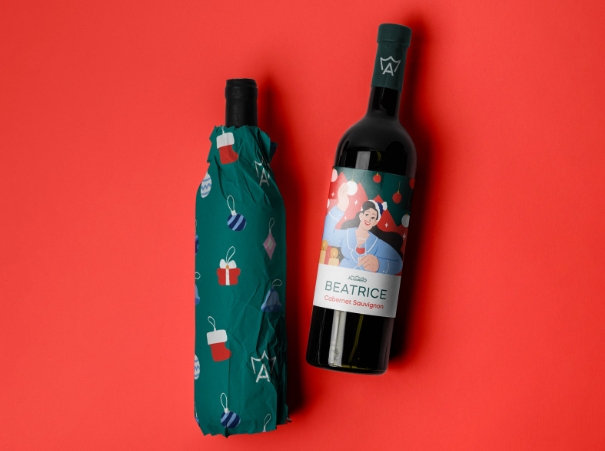Wine packaging design has come a long way over the years, evolving from simple and traditional to complex and artistic. The aesthetics of wine packaging have become increasingly important as wineries strive to stand out on crowded shelves and appeal to a modern, design-conscious consumer.
The Power of Packaging
The design of a wine label can make or break a consumer’s decision to purchase a bottle. Aesthetically pleasing packaging can create a sense of luxury and sophistication, while also conveying important information about the wine inside. This is especially true in today’s digital age, where consumers often make split-second decisions based on a wine’s appearance.
From Traditional to Modern
In the past, wine packaging typically featured classic motifs such as vineyard landscapes, chateaus, and traditional typography. While these designs can still be found on many bottles today, more and more wineries are experimenting with modern and innovative packaging concepts. Bold colors, minimalist graphics, and unique shapes are just a few of the trends that have emerged in recent years.
Embracing Sustainability
As consumers become more environmentally conscious, wineries are also exploring sustainable packaging options. Recycled materials, biodegradable inks, and lightweight bottles are just a few of the ways that wineries are reducing their carbon footprint. Sustainable packaging not only appeals to eco-friendly consumers but also reflects a winery’s commitment to environmental stewardship.
The Future of Wine Packaging
The evolution of wine packaging design shows no signs of slowing down. As technology continues to advance, we can expect to see even more innovative and creative packaging concepts in the future. Augmented reality labels, interactive packaging, and personalized designs are just a few of the possibilities that lie ahead. Ultimately, the aesthetics of wine packaging will continue to play a crucial role in shaping consumer perceptions and driving sales in the competitive wine market.

